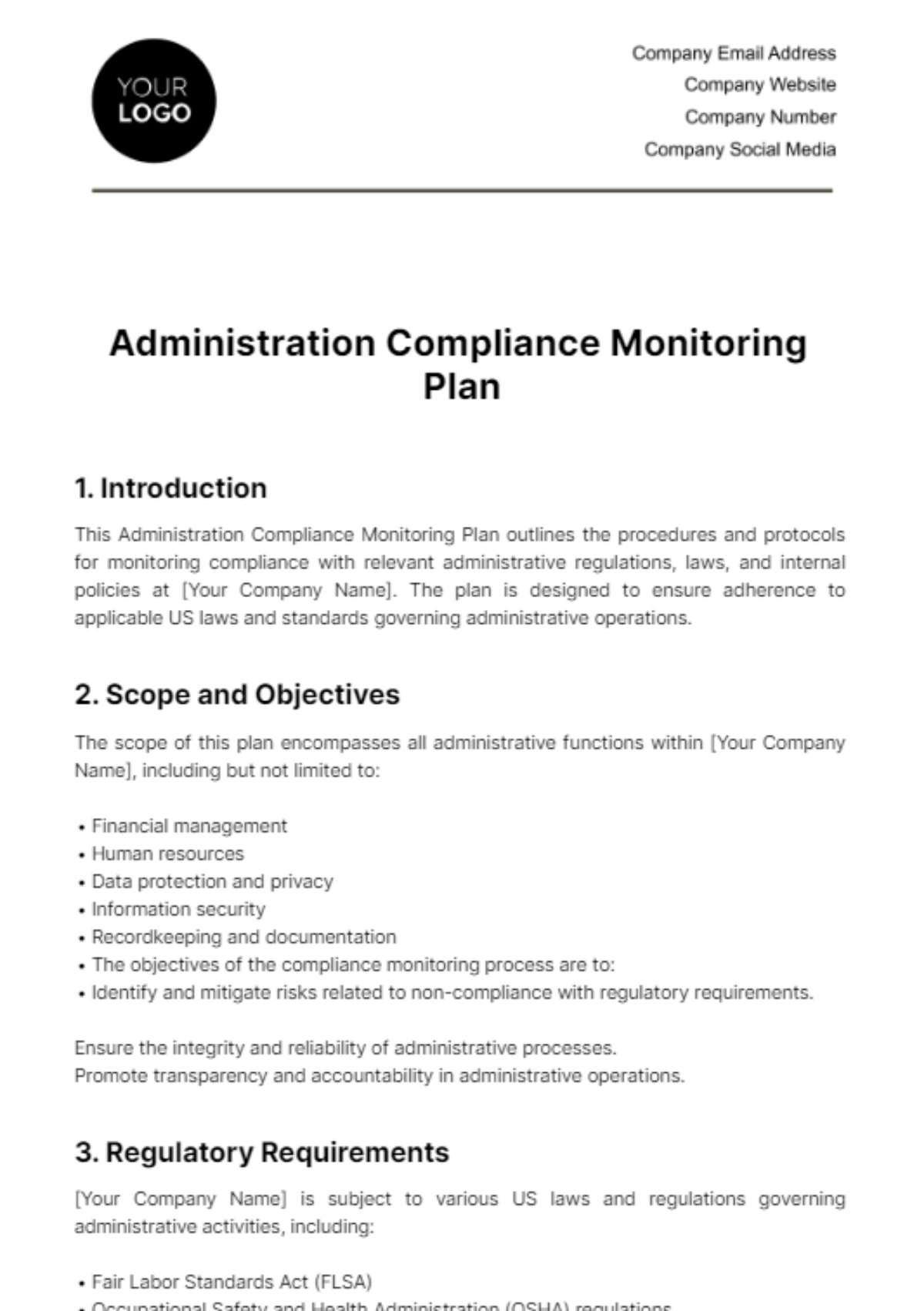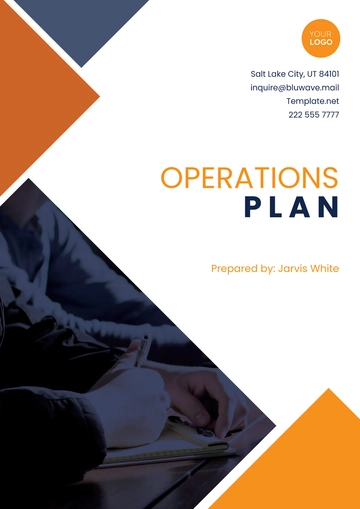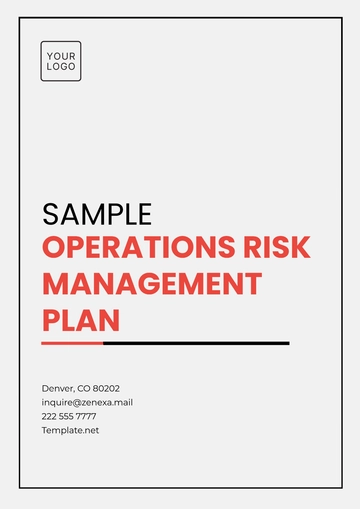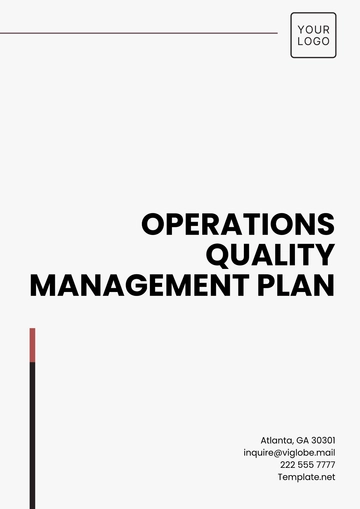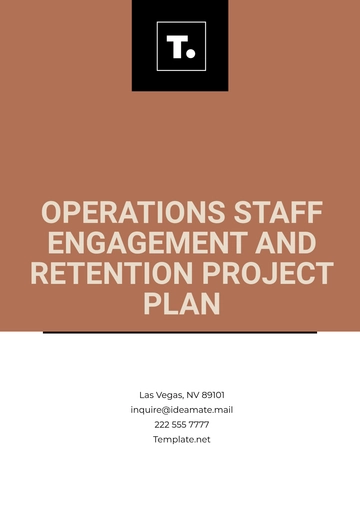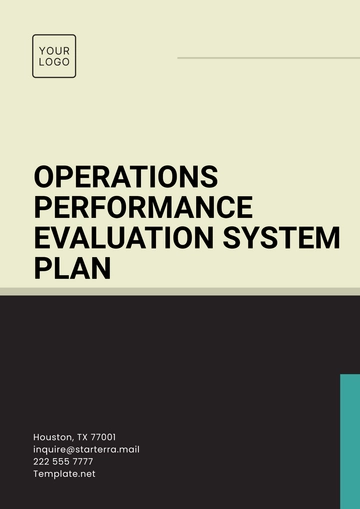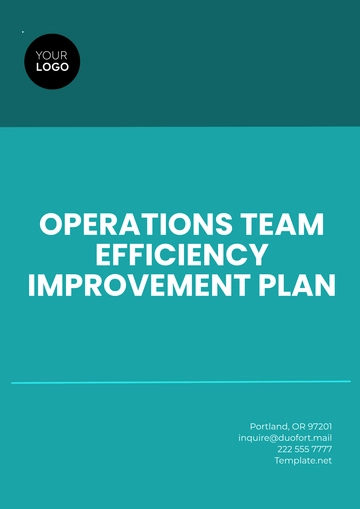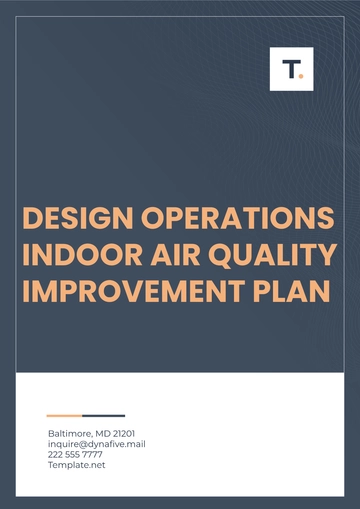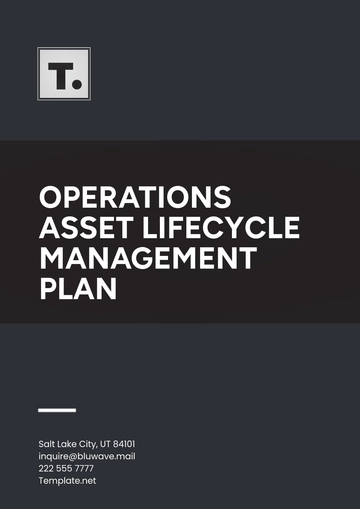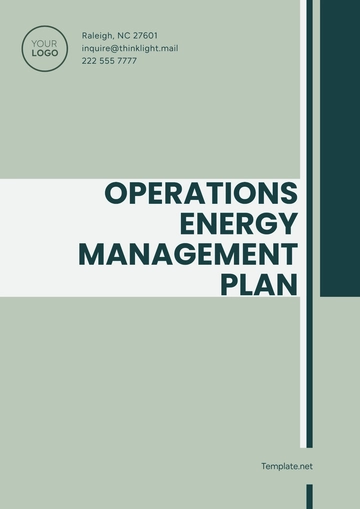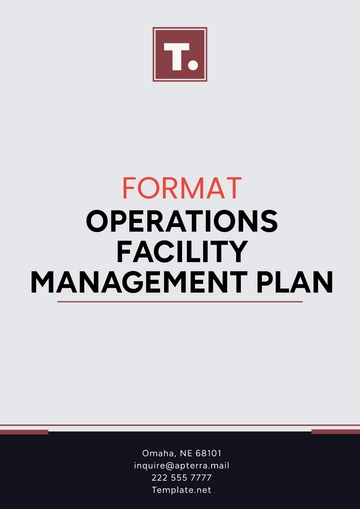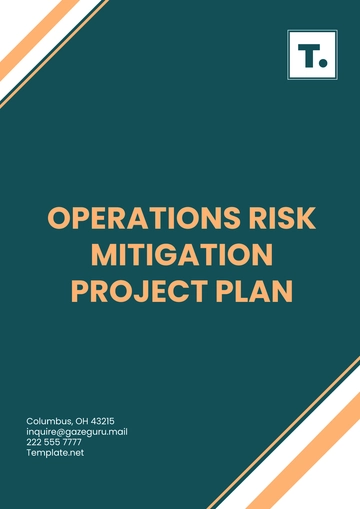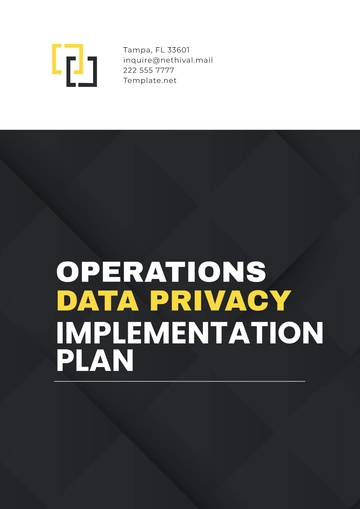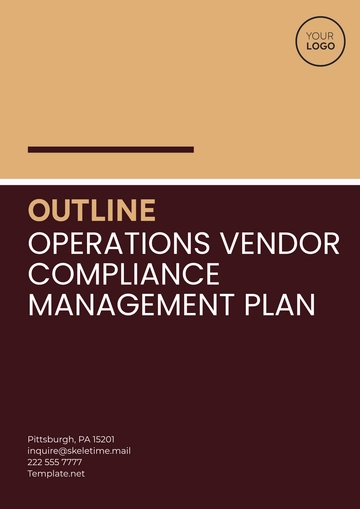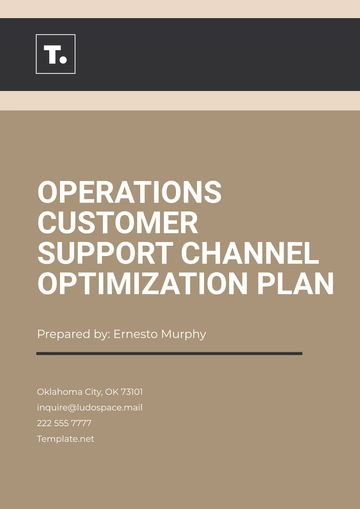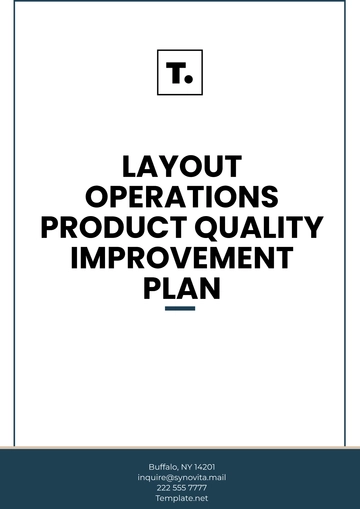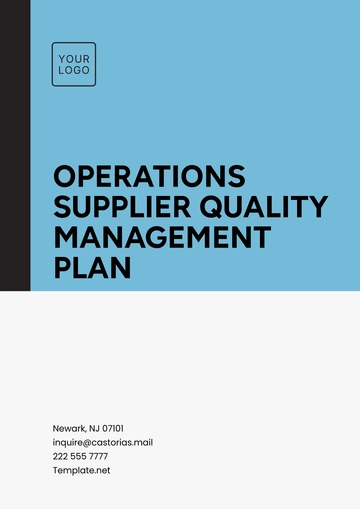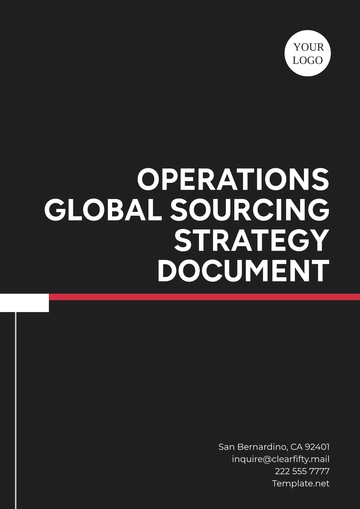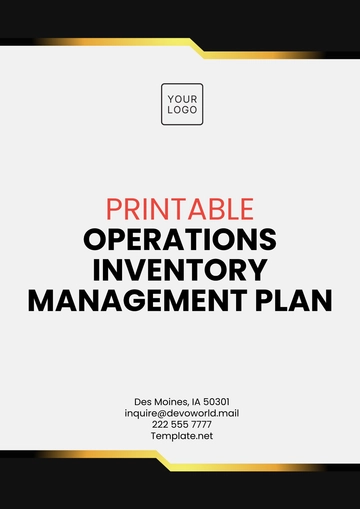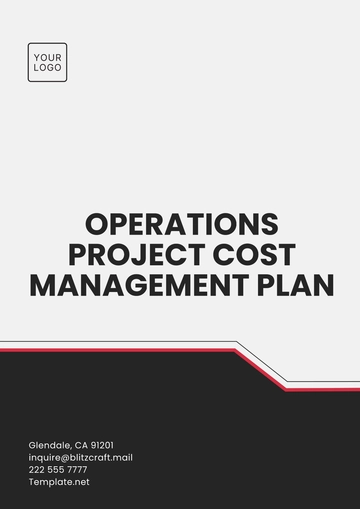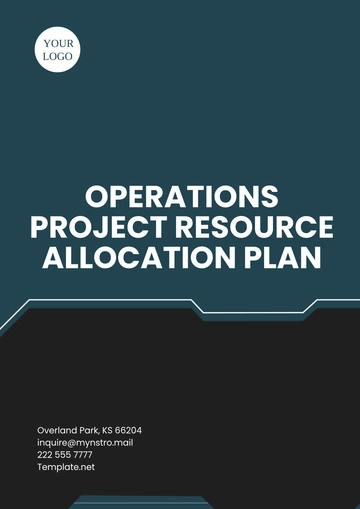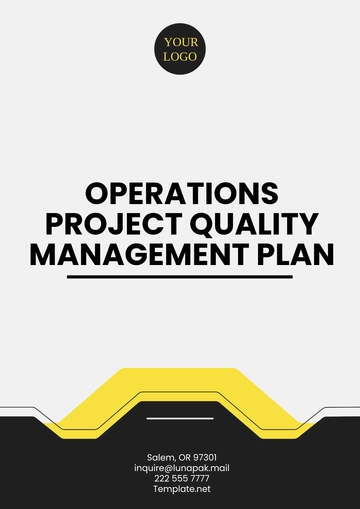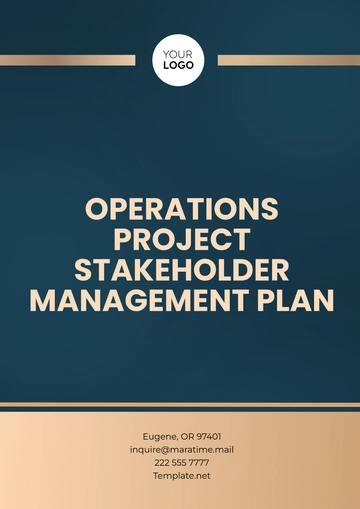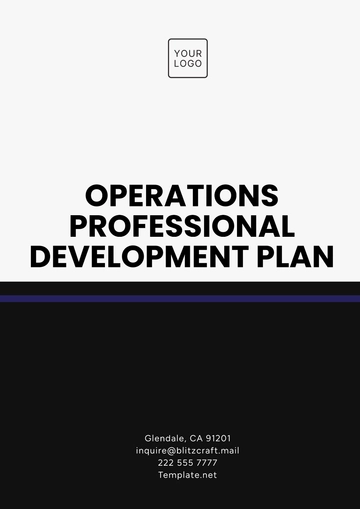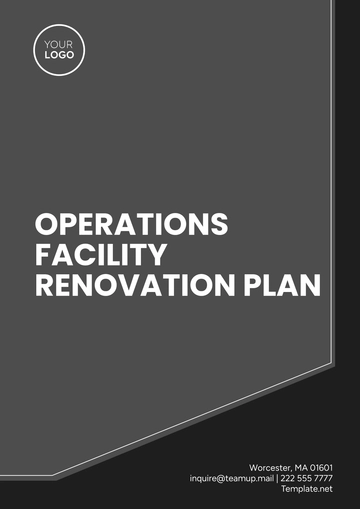Administration Compliance Monitoring Plan
1. Introduction
This Administration Compliance Monitoring Plan outlines the procedures and protocols for monitoring compliance with relevant administrative regulations, laws, and internal policies at [Your Company Name]. The plan is designed to ensure adherence to applicable US laws and standards governing administrative operations.
2. Scope and Objectives
The scope of this plan encompasses all administrative functions within [Your Company Name], including but not limited to:
Financial management
Human resources
Data protection and privacy
Information security
Recordkeeping and documentation
The objectives of the compliance monitoring process are to:
Identify and mitigate risks related to non-compliance with regulatory requirements.
Ensure the integrity and reliability of administrative processes.
Promote transparency and accountability in administrative operations.
3. Regulatory Requirements
[Your Company Name] is subject to various US laws and regulations governing administrative activities, including:
Fair Labor Standards Act (FLSA)
Occupational Safety and Health Administration (OSHA) regulations
Equal Employment Opportunity Commission (EEOC) guidelines
Americans with Disabilities Act (ADA)
Sarbanes-Oxley Act (SOX)
Health Insurance Portability and Accountability Act (HIPAA)
Family and Medical Leave Act (FMLA)
4. Monitoring Procedures
Compliance monitoring activities will include:
Regular audits of administrative processes and documentation.
Periodic reviews of internal controls to ensure effectiveness.
Assessments of employee training and awareness programs.
Analysis of incident reports and corrective actions taken.
Monitoring will be conducted by the Compliance Department, with the Compliance Officer responsible for overseeing the process.
5. Responsibilities
Effective compliance requires clear roles. The following outlines the responsibilities of key stakeholders in ensuring adherence to regulatory requirements and promoting a culture of compliance within the organization.
Compliance Department | Compliance Officer | Department Heads/Managers |
|---|
Responsible for conducting compliance monitoring activities. | Review findings and coordinate corrective actions. | Implement recommended changes and ensure ongoing compliance within their respective areas. |
6. Documentation and Recordkeeping
All compliance monitoring activities will be documented and maintained in a central repository. Records will include:
Audit reports
Review findings
Corrective action plans
Training records
Incident reports
7. Communication
Findings from compliance monitoring activities will be communicated to relevant stakeholders through:
Regular reports to senior management.
Departmental meetings and training sessions.
Internal communication channels (e.g., email, intranet).
Unresolved compliance issues will be escalated to [Senior Management] for further review and action.
8. Training and Awareness
All employees will receive training on relevant laws, regulations, and company policies related to their roles. Training programs will be conducted [annually] and updated as necessary to reflect changes in regulatory requirements.
9. Continuous Improvement
The effectiveness of the compliance monitoring process will be regularly evaluated, and improvements will be implemented as needed. Feedback from stakeholders and lessons learned from incidents will inform ongoing enhancements to administrative compliance practices.
Conclusion
By adhering to the guidelines outlined in this Administration Compliance Monitoring Plan, [Your Company Name] aims to ensure compliance with US laws and standards while promoting a culture of integrity, transparency, and accountability in administrative operations.
Administration Templates @ Template.net
